Fabrics can be printed or woven in a variety of ways. Typically for printed fabrics, colors and inks are applied digitally or by screens or blocks.
Regardless of the process, inks and dyes are mixed together to form the colors found in the pattern. These dyes are created in batches and then labeled with a lot number for reference - a dye lot. When a batch runs low, more is created, and a different lot number is applied. Dyes used for screen and block printed fabrics are likely to have more variations between batches because they are often mixed by hand. Whereas with digitally printed fabrics, the process is a bit more automated and controlled, so inks and dyes are typically mixed together more consistently.
Once the printing is complete, fabrics are rolled and stored on bolts in large quantities - 30 yards, 60 yards, or more! Each bolt is marked with the associated dye lot number for reference. When being sold, designers and workrooms can request fabric from a specific dye lot if available in order to match previous yardage ordered or to match a previous sample received.
For pillow shops like my own, it's not always likely that previous lot numbers will be available when reordering fabrics, so sometimes restocked fabrics will vary a bit from previous yardage orders.
Let me show you what I mean. Below are two fabrics available for customization in my shop.

Peter Fasano is known for his hand printing process. Inks are mixed and applied all by hand in a truly unique and creative way. He oftentimes uses screens to apply each layer of the pattern. Dyes are "squeegeed" across the screen or frame and applied to the fabric in layers. In the picture above, you can see the slight variations in brown tones for our Natchez Pillow Cover. The browns in the yardage I received are slightly darker and have more of a purple undertone than the swatch.

Molly Mahon is also known for her hand printing process. Her hand drawn designs are carved into wooden blocks and "stamped" onto the fabric in layers. In the picture above, you can see the first batch of fabric I received for our Benton Pillow Cover is slightly lighter in tone compared to the fabric I received for restock.
These variations in tones serve as a reminder of the handmade nature of each of these fabrics, which really adds to their value and quality. Several of the fabrics we have curated for our pillow shop are unique in this way, and the artists are careful to apply their signature style to each bolt of fabric.
So, why does this matter to you?
These variations are typically very slight, so for smaller furnishings like pillows, this is not a big deal and may not even be noticeable to you or me. However, for the investment you're making, you deserve to have guaranteed matching sets when ordering!
Tip #1: Purchase the quantity of a specific pillow you need at one time.
When you order multiple quantities of the same pillow from my shop, I make sure you receive pillows made from the same dye lot. If you purchase one now and then wait even just a few weeks to purchase a second, I may be using a different dye lot of the fabric to make your second pillow cover, so I cannot guarantee they will be exactly the same.
As I mentioned earlier, these variations are often so slight that you and I may not even notice the differences, but it is still something to consider when investing in not just our pillows but any soft furnishings or décor for your home.
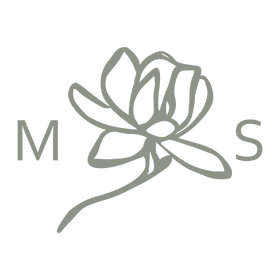
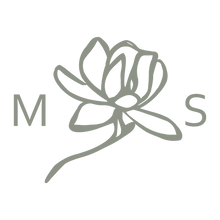

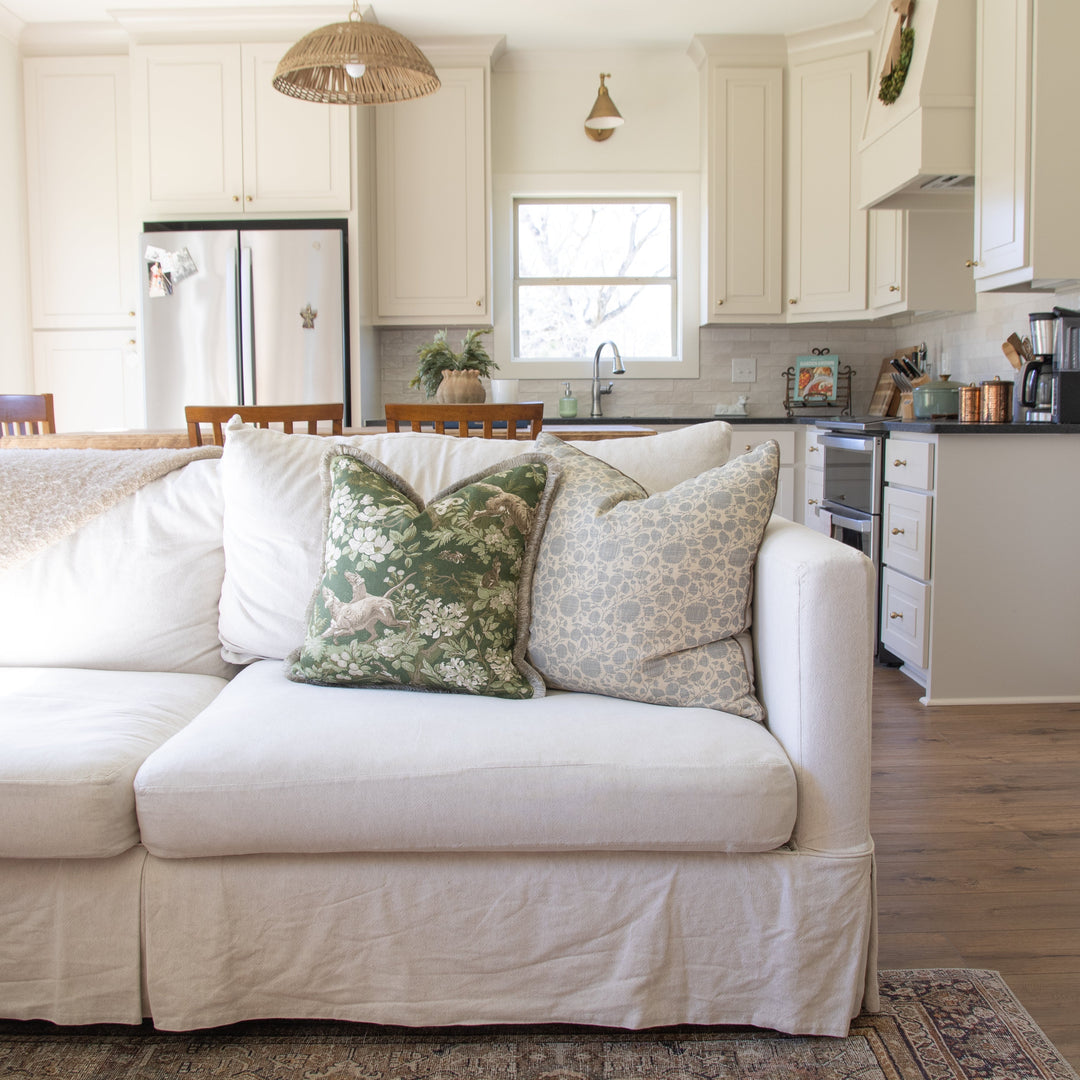
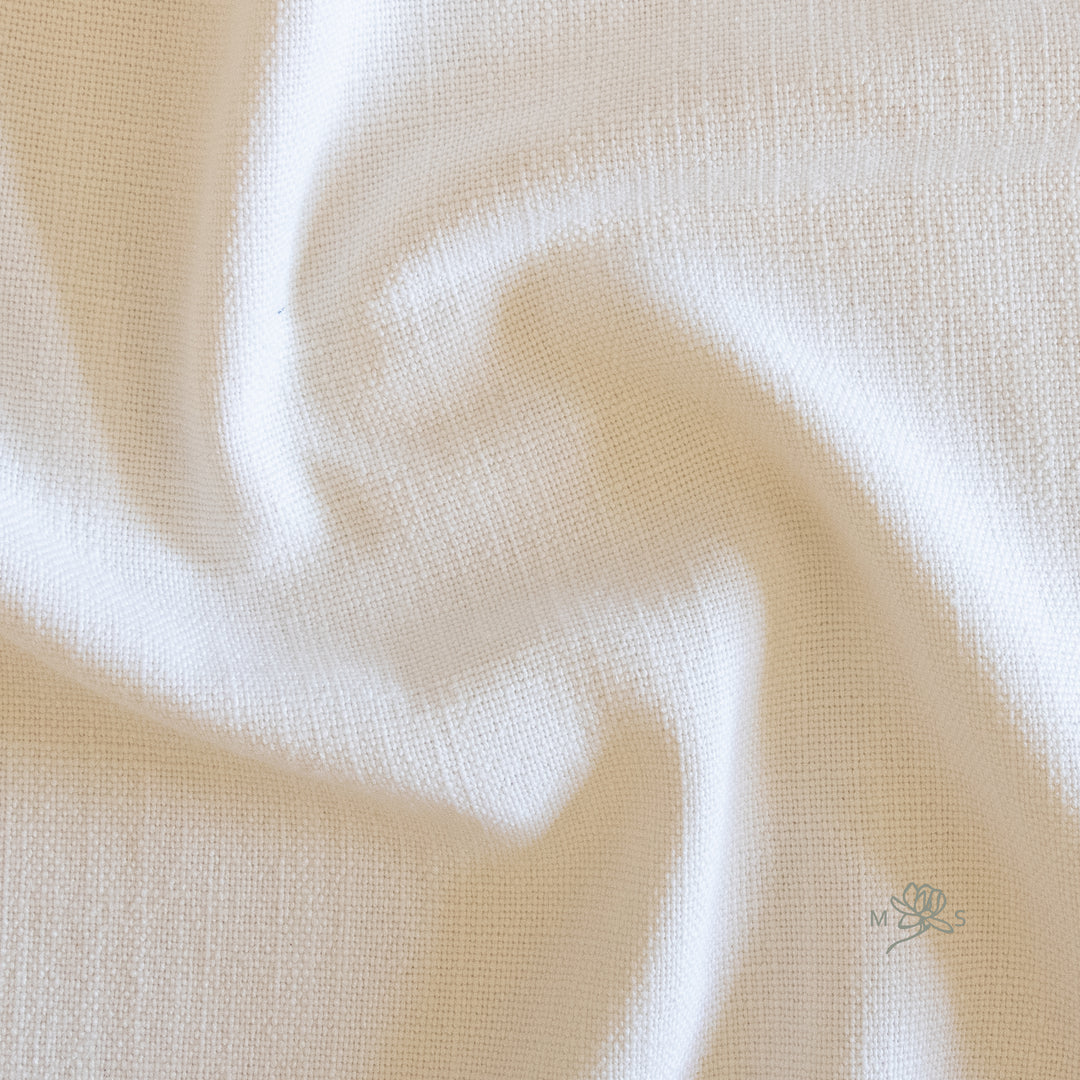
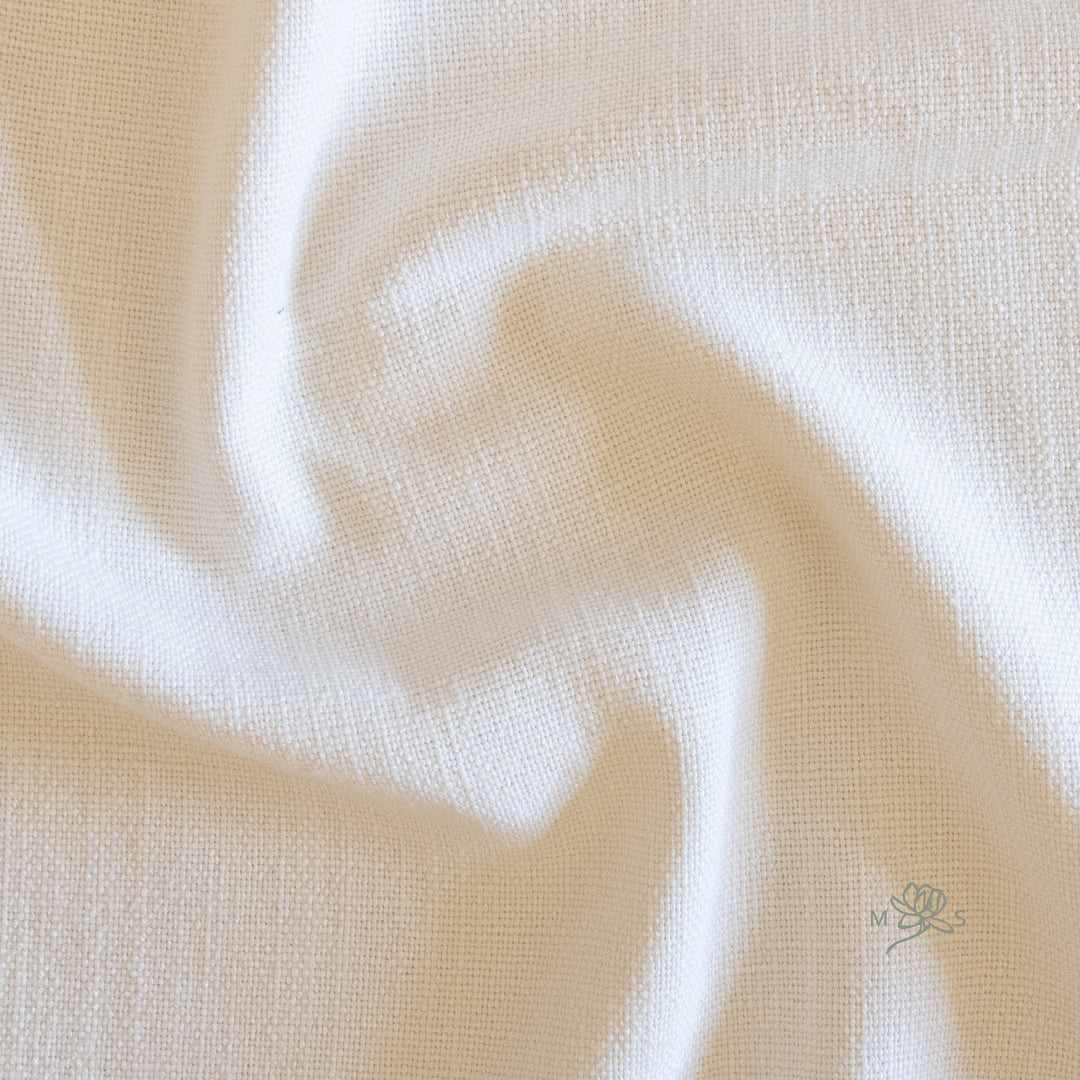
Leave a comment